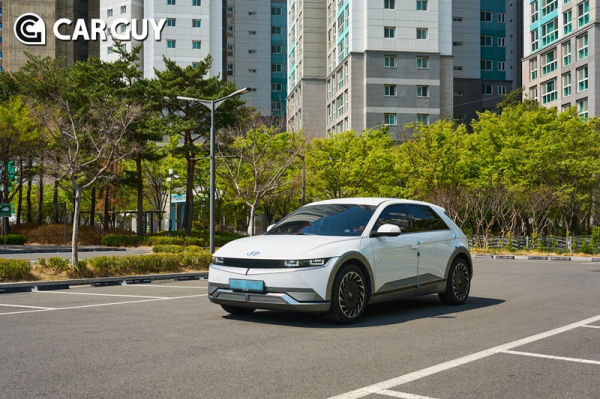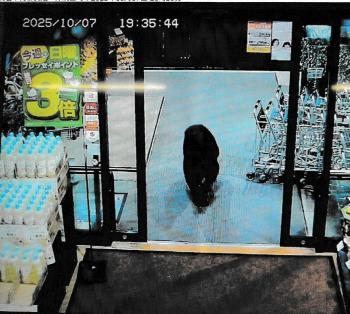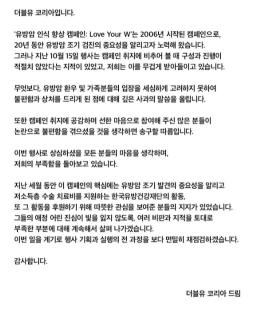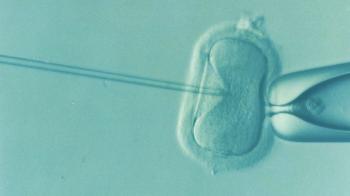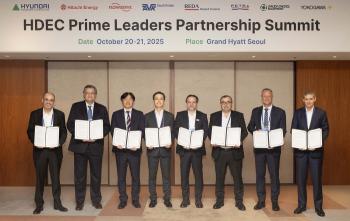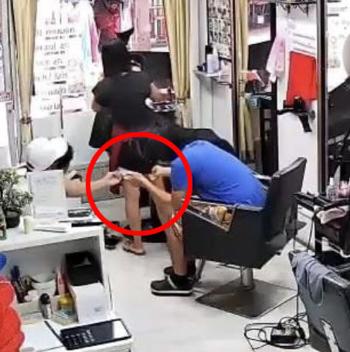Hyundai Ioniq 5 with 580,000km..The battery status is
May 01, 2025
|
Hyundai Motor said it proved the high durability and technological completeness of its electric car, presenting the Ioniq 5 case with a driving distance of 660,000 kilometers. It is an Ioniq 5 long range RWD model that appeared in a recent YouTube video. It received a lot of attention from Internet users as it was found to have run a cumulative mileage of 660,000 kilometers within three years of its first operation.
Lee Young-heum, the car owner, is a salesperson who installs and collects equipment, and due to the nature of his job, he traveled long distances between the metropolitan area and the provinces every day. I bought the Ioniq 5 after hard work while looking for a vehicle that costs less to maintain as much as 900km a day and can travel comfortably over long distances.
Lee was contacted by Hyundai Motor and Kia Namyang Research Institute to replace major parts such as batteries and electric motors for free when he traveled 580,000 kilometers, which is a distance of 720 round trips from Seoul to Busan for two years and nine months after the purchase.Until then, the parts had never been repaired or replaced, and the Ioniq 5 was able to run normally without failure at the time.
A YouTube video containing these contents became a big topic as it spread through the online community. There was even a heated debate over the authenticity of a vehicle that recorded a very long mileage in a short period of time, which is difficult to see even in a commercial taxi.
Hyundai Motor and Kia have been continuously researching battery life prediction models to secure competitiveness in electric vehicle durability, and are conducting research to secure and verify electric vehicle customer vehicles that have been driven for a certain period of time.
Yoon Dal-young, a senior researcher at the Hyundai Motor and Kia Battery Development Center who conducted the study, said, "At the time of the investigation, Lee's vehicle, which recorded the most mileage based on the Ioniq 5, was the best candidate to secure actual driving data, so we collected major driving parts including batteries and replaced them with new ones."
The remaining life (SoH, State of Health) of the collected battery was found to be 87.7%. This is a very high number considering that customer complaints often occur that the SoH of normal electric vehicles has fallen sharply in some countries.
Moreover, considering that a vehicle usually travels around 200,000 kilometers until it is scrapped, Hyundai Motor claimed that it maintains a battery condition above the normal category even in extreme driving conditions of 580,000 kilometers to prove the electric vehicle's excellent durability competitiveness.
In particular, Lee said, "Even though I charged 100% fast every day, there was no problem while running over 600,000 kilometers, and the distance that can be charged once was only slightly reduced compared to the beginning, and it came out steadily."
Hyundai Motor and Kia's electric vehicles are developed based on the most extreme conditions, said Yoon Dal-young, a senior researcher. "We are making efforts to secure performance that is much stricter than the warranty standard, and 87.7% of the remaining lifespan is consistent with the results calculated internally through the life prediction model."
"The performance of the battery is affected not only by the mileage but also by various factors," he said. "In order to secure stable durability in any usage pattern, we are undergoing harsh test evaluations, such as repeated charging and discharging tests and months of neglect tests."
Senior researcher Yoon particularly emphasized the importance of securing data. "Even if we use the same battery, the actual electric vehicle performance varies greatly depending on the development capabilities of automobile manufacturers," he said. "We plan to steadily build know-how by proposing a new electric vehicle battery design guide using real vehicle-based data such as the one secured this time."
Editor Kim Tae-jin, tj.kim@carguy.kr
This article was translated by Naver AI translator.
